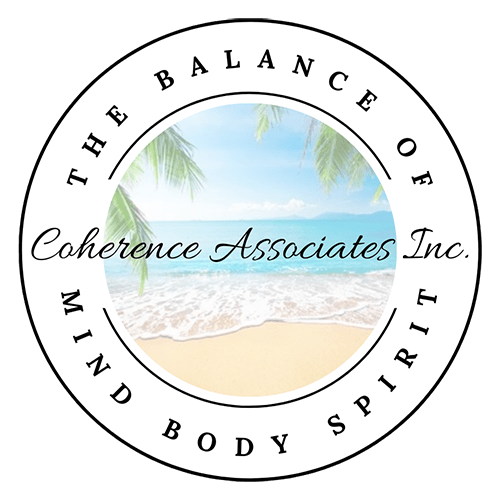Do I Need to Go to Rehab?: Levels of Care
Should I go to (or should I send _______ to) rehab? This is a question a lot of people ask when they, or someone they love, are struggling with addiction. To answer that question, I am going to explain a little about the different levels of care, from individual therapy, all the way to hospitalization, and what kinds of clients may or may not be appropriate for each level of care.
These levels of care also apply to mental health treatment, but here we are talking about addiction treatment. Understanding the terms in the field will help you navigate your way, and make better decisions about what type of treatment to pursue. I recommend you reach out and get help when making these difficult decisions, by consulting with your doctor, or mental health professional.
The Basic Levels of Care
The basic levels of care, and type of client that is most appropriate for them, are as follows:
Hospitalization — This is 24 hour-a-day care, in a hospital setting with full medical staff at all times. Often times for addicts this is called “medically assisted detox” or just detox, but it isn’t always just for detox symptoms. This is for severely acute patients, suffering from significant symptoms, who need medical care around the clock. Heavy-duty detoxes, medically complicated patients, and psychosis and manic episodes are most common.
Residential — This is 24 hour-a-day care, with a certain minimum amount of therapy and treatment per week. Sometimes these are short term (7–14 days) for detox, sometimes medium (30–90 days) for traditional “rehab,” or long term (90 days+) for a particular type of client. This is what we commonly think of as “rehab” or “inpatient.” For example, these are the Passages Malibu, Hazelton, Sierra Tucson, and other well known inpatient treatment programs. This can be indicated for step-down from a hospitalization, when 24 hour medical supervision is no longer required. This can also be used as a step-up from a lower level of care if that is not working. It also is usually the first treatment option struggling addicts and alcoholics attempt. It can be very useful to get a chunk of time away from the last incidence of drug and alcohol use, and focus only on healing and recovery.
Partial Hospitalization Program — (PHP) Also called a day-program, this is the therapy of a residential program, but the client goes home at night. There are a lot of ways to have PHP programs, but the most common one is 8 hours a day, 5 days a week. PHP is usually used as a step-down from residential, for extremely severe cases, or as a step-up from IOP when that is not providing enough support.
Intensive Outpatient Program — (IOP) This is minimum 3 days a week, with a total of at least 9 hours of treatment per week. IOP is the most common outpatient treatment for addicts and alcoholics. IOP is generally used for addicts and alcoholics who can potentially function on their own, but need a consistent amount of support to accomplish the goals they have for themselves.
Outpatient Program — Any non-residential treatment, but when talking about levels of care, this is usually an individual therapist. This level of care is most common for a person who just needs a help and support in accomplishing their goals. Your LMFTs, LCSWs, and Psychologists, who see their clients individually, are examples of outpatient treatment.
Self-Help Groups — There are so many different types of self help groups, for every type of issue imaginable. The common factors in self help groups is that they are run by the people needing the help. They are generally free (though not always). They do not have someone who is the “therapist,” though some do recognize a leader. Some examples of self-help groups are, Alcoholics Anonymous, Narcotics Anonymous, SMART recovery, Over Eaters Anonymous, and many, many more.
Sober Living Environment — Commonly known as, “Sober Living,” these are non-licensed, non-regulated houses, that require residents to be drug and alcohol free. Usually they are run by someone in recovery from alcoholism and drug abuse. They can be an excellent source of support for people in early recovery, but because of the lack of regulation there is no telling what a place is until you are there.
Does this all seem complicated to you? That is because it is. It is one of the many reasons that people trying to get help, are often taken advantage of by predatory referral sources and poor treatment programs. If you or someone you know are struggling with addiction, and need help, there are some very good people out there who can help you. There are also very good programs at every level of care.
At Coherence Associates Inc. we are always available to answer questions, and point you in the right direction, if we are not the right place for you. Give us a call at (760) 942–8663 for a free screening and we will do our best to help you get the help you need.
Jeremy Larsen
Business Development and Practice Manager
Coherence Associates Inc.
www.coherenceassociates.com

